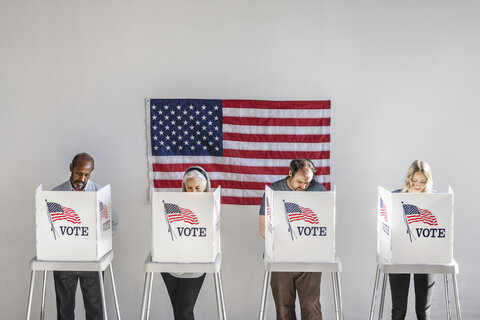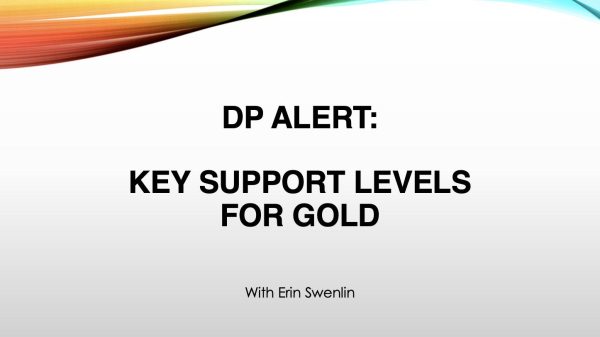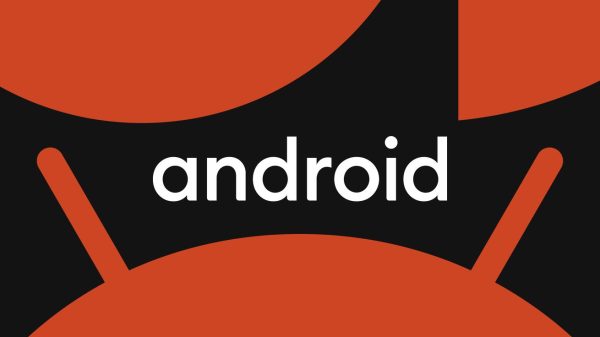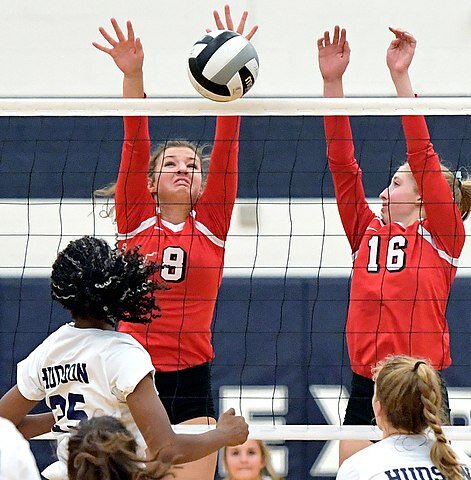When it comes to the most important issues in the just-completed presidential election, education was not likely among them, coming in sixth in recent Gallup polling behind the economy, concerns about democracy, and a few other issues. The topic got only fleeting mentions in presidential debates and was never brought up by moderators. And education is rightly small in federal elections: It is a matter reserved to individuals, communities, and states by the Constitution, though there are many things Washington is doing in education that need to end.
So how was education important? While it does not show up as a distinct issue in polling, there seems to be a growing conclusion that one of the things that cost Vice President Harris votes was the question of transgender athletes, specifically players born biologically male competing in women’s sports. It is an issue at both the collegiate and K‑12 levels, and some people believe the Biden administration has threatened schools that prohibit transgender girls from playing girls’ sports under Title IX regulations that interpret protections based on “sex” to include gender identity. The administration says it is working on separate regulations for sports, but opponents argue the current rules sweep up all school activities.
Whatever the nuances of the regulations, this is largely an education fight, with sports embedded in our government-dominated education system, especially when it comes to elementary and secondary-aged kids. Around 87 percent of school-aged children attend public schools, which makes the vast majority of school athletes subject to federal rules. That dominance also means even privately educated athletes will be directly impacted by public school rules if they want to compete for state championships.
The sports fight, while somewhat distinct because direct competition is heavily influenced by physical differences, is a subset of the overall culture war we have seen burning especially hot in education over the last four years. It has been fueled by many cultural and social factors, but a fundamental problem is government dictating the values that will apply to all children.
This is most clear when it comes to federal regulations, which seek to impose one “solution” nationwide. You cannot even move to a different state to get education you think is right. When the Biden administration tried to impose its view of “right” with Title IX, it guaranteed that a difference of values—equality of participation versus equality of competition—would become a divisive national battle of values, requiring all Americans to fight politically for what they thought was best for their children.
Leaving decisions to states or districts is better than national imposition—smaller units can craft policies more consistent with the values predominant in specific communities—but states and districts often themselves contain people with conflicting values and desires. This is a major reason that educational freedom—often reduced to “school choice”—is crucial. It fundamentally changes decisions from top-down, winner-take-all, to free and individualized.
Do you as an educator or parent value equality of competition over equality of participation? Go to a school that shares that valuation and competes against like-minded institutions. Feel the other way? Do the same. And as long as you can make those choices without having to sacrifice education tax dollars, it is a free decision, not a political imposition.
The good news is that we have been making considerable headway toward the freedom model of education, and it has, at least this year, accompanied declining conflict. Of course, one year is not a trend, and correlation is not causation, but we can look to other countries to see that embracing choice in education has reduced wrenching social conflict. And yes, three state referenda seeking to expand educational freedom failed on election day, but polling typically shows majority support for choice, while the challenges to securing choice through referenda are largely peculiar to the referendum model itself, in which special interests such as teacher unions have especially outsized influence.
Restructuring education from a government-controlled to a choice-driven system will not end values-based conflicts. Wherever two or more people get together, disagreements will likely occur. But it will lower the political stakes, and thus the heat, and enable people to more peacefully coexist.

























